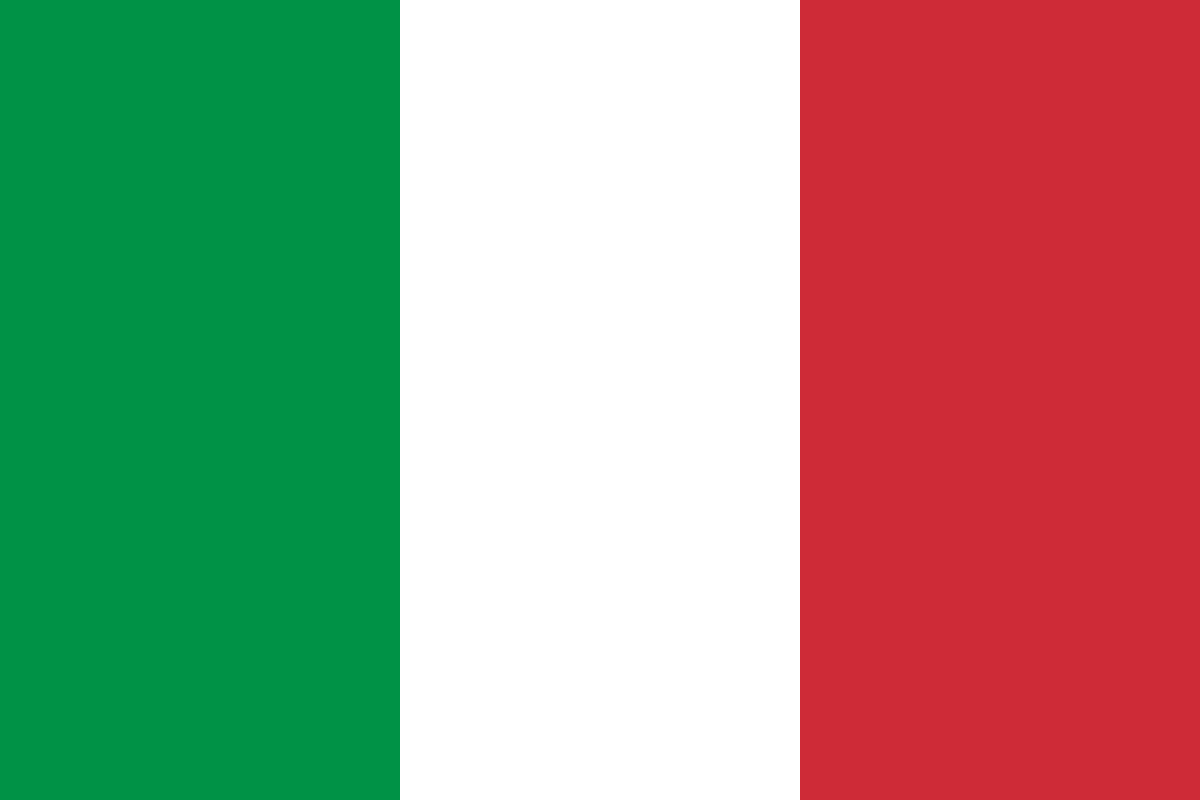Produzione e distribuzione di elettricità e calore
Electricity Transmission
Autors: Giorgio Graditi, Maria Valenti, Maria Carmen Falvo, Matteo Manganelli, Matteo Scanzano
Production and Distribution of Electricity and Heat
Electrical power systems aim to produce electricity and carry it to consumers. They consist of the following main components: 1) power plants that generate electric power, 2) transformers that raise or lower the voltage as needed, 3) transmission lines to carry power over long distances, 4) substations at which the voltage is stepped down for carrying power over the distribution lines, 5) distribution lines and 6) distribution transformers that lower the voltage to the level needed for the consumer equipment. Unlike other forms of energy, electricity cannot be easily and economically stored, thus requiring a continuous balance between production and demand; nevertheless, electricity production and transmission are relatively efficient and inexpensive processes Errore. L'origine riferimento non è stata trovata.. In 2019, the global electricity generation amounted to 26914 TWh, of which 3831 in Europe, 5035 in North America, 12391 in Asia, 1645 in Latin America, 1243 in the Middle East, 858 in Africa, 315 in Pacific regions, 1596 in CIS. Transmission networks are interconnected grids of long-distance power lines; the European transmission grid comprises more than 300 000 km of power lines, including 355 cross-border lines. To reduce transmission losses, High Voltage (HV) and Extra High Voltage (EHV) lines are operated between 150 kV and 1000 kV. Transmission grids are operated by Transmission System Operators (TSOs), on a sub-national or national level. The majority owner of the HV and EHV electricity National Transmission Grid in Italy is TERNA, a company that secures transmission and dispatching of electricity throughout the country, operating in a natural monopoly regime. The Italian transmission grid comprises about 70 000 km of lines and almost 500 substations, with 150 GVA of total installed power of transformers and autotransformers. European TSOs are organized in the European Network of Transmission System Operators (ENTSO-e), which defines up to 10-year network development plans and contributes to the development of rules for network operation (i.e. network codes). In 2021, ENTSO-e gathers 42 TSOs in 35 countries. Distribution networks are run by Distribution System Operators (DSOs), who deliver electric power to consumers and manage the operation of energy distribution. European DSOs are organized in the European Network of Distribution System Operators (E.DSO) which works as an interface between DSOs and the European institutions and stakeholders
15-07-2022




 Produzione e trasformazione di energia primaria
Produzione e trasformazione di energia primaria  Produzione e distribuzione di elettricità e calore
Produzione e distribuzione di elettricità e calore  Tecnologie per i trasporti
Tecnologie per i trasporti  Tecnologie per il residenziale e i servizi
Tecnologie per il residenziale e i servizi  Tecnologie per l'industria e l'agricoltura
Tecnologie per l'industria e l'agricoltura